Landscape Painting Tips for Plein Air Artists > What makes a painting successful at the finish might just be what you do at the start. Check out these underpaintings and advice from Barbara Jaenicke, who is on the Pastel Live faculty!
Landscape Painting: Shapes Before Subject
BY BARBARA JAENICKE 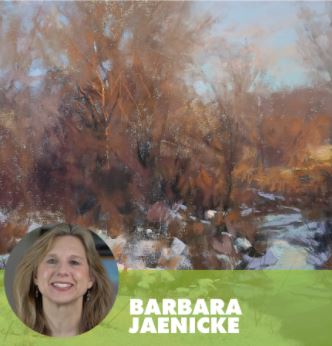
When I choose a landscape subject to paint, it’s rarely because I want to paint THAT particular subject. In other words, as I head outside to paint or collect reference images, I’m never thinking “I’d love to paint a random Juniper tree” or “I really want to paint a clump of grass.” But those ordinary subjects do indeed often find their way into my paintings.
That’s because it’s usually something else that tugs at my artistic voice. It could be the light. Or the shadows. Or it could be a pattern of textures or edges, or maybe color contrasts. Or any number of visual concepts that might catch my eye. But I only pursue any such painting idea if I can build a strong composition that will feature the chosen concept effectively.
My first order of business, before I attempt to create the painting, is always to determine if I can find distinct, edited shapes to serve as the foundation for my composition. To hear the word “shapes,” it sounds easy enough. After all, as kids, we start hearing about shapes before we’re even in kindergarten. But to look at a busy landscape and boil it down to a few shapes is much easier said than done.
We can look at an artist’s work after the fact and see those shapes pointed out to us, but it takes practice to learn how to create that combination of shapes on your own, and it can be overwhelming when the subject is chock-full of busy detail.
When I begin to look for just a few edited shapes (yes, squinting is key!), I especially search for a variety of shape sizes, and also 3-4 generalized value differences between those shapes. There are of course exceptions, but typically, if I don’t find those criteria in my potential subject, I don’t pursue it. I move on.
In workshops that I teach, I find that many students are more interested in how I finish a painting than how I start a painting. But the truth is, what makes a painting successful at the finish, is what I do at the start. Sometimes this process comes together logically, and it’s just a matter of tweaking shape sizes and placement. Other times it takes searching and working my shapes like a puzzle.
I’ll talk more about all this in my upcoming demonstration for the first annual Pastel Live Virtual Conference, August 19-21, during which I’ll show and explain my process for editing shapes in the landscape, how I establish it with a pastel/alcohol wash underpainting, and how it all carries through to the finished painting. I’m excited to share this process with the attendees of this fantastic event!
For Comparison: Underpaintings and Finished Landscape Paintings
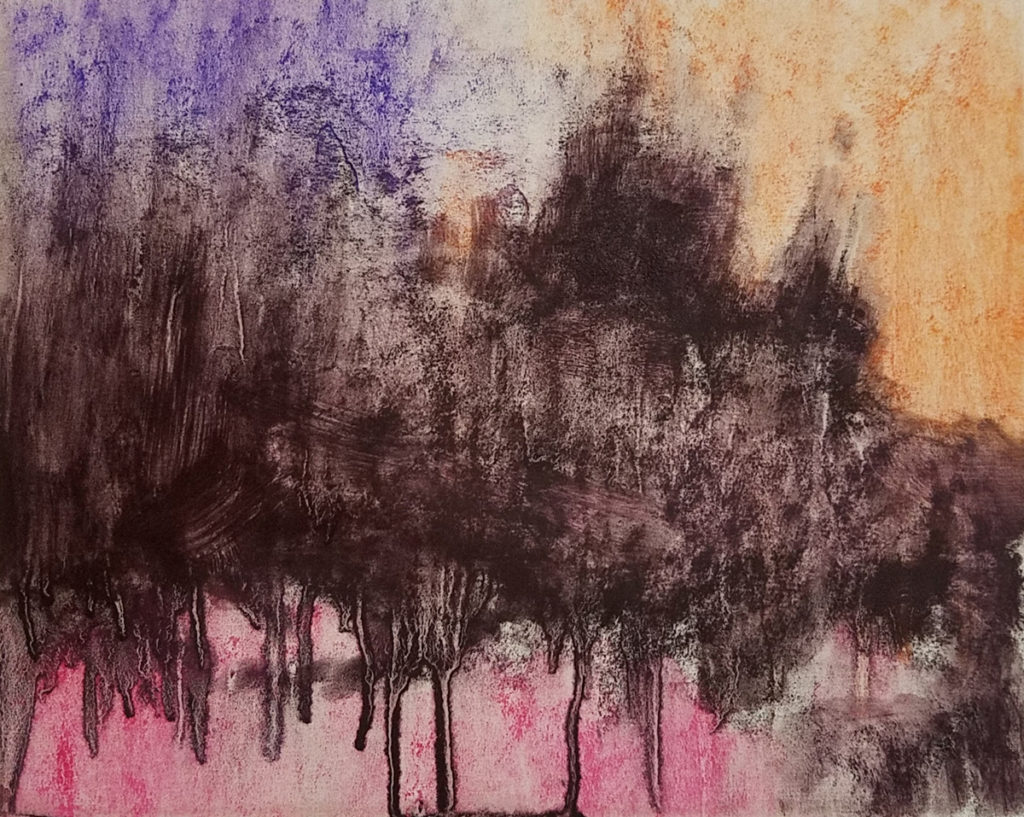
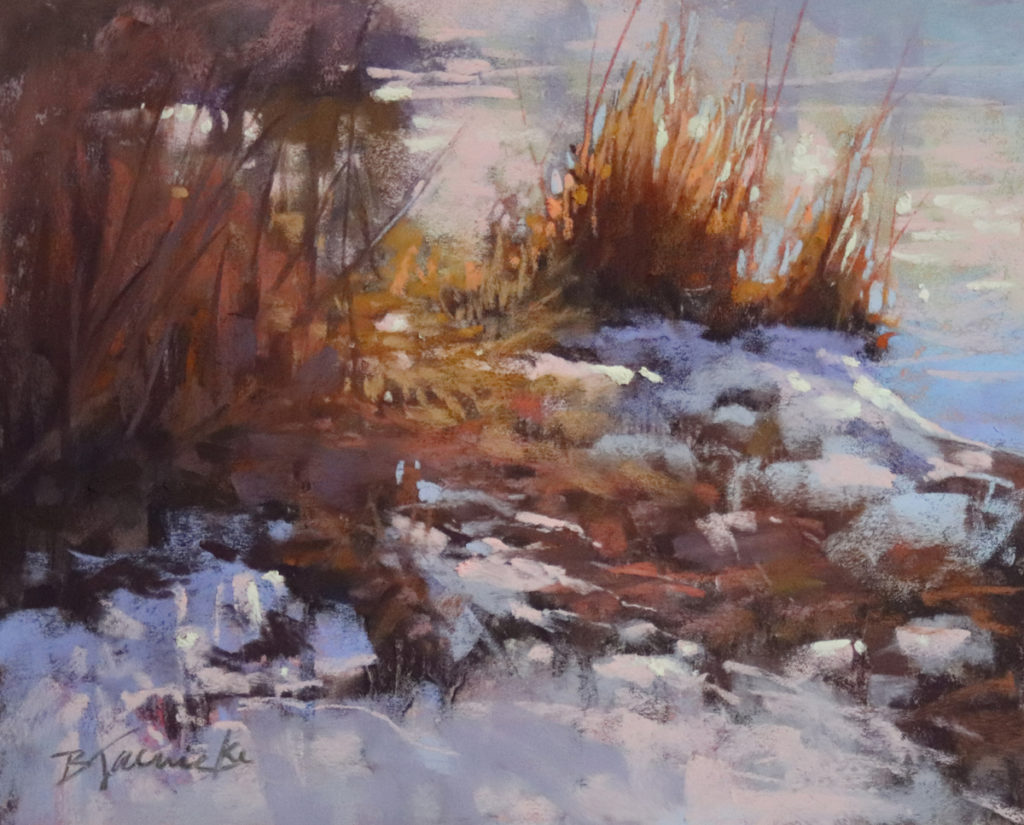
***
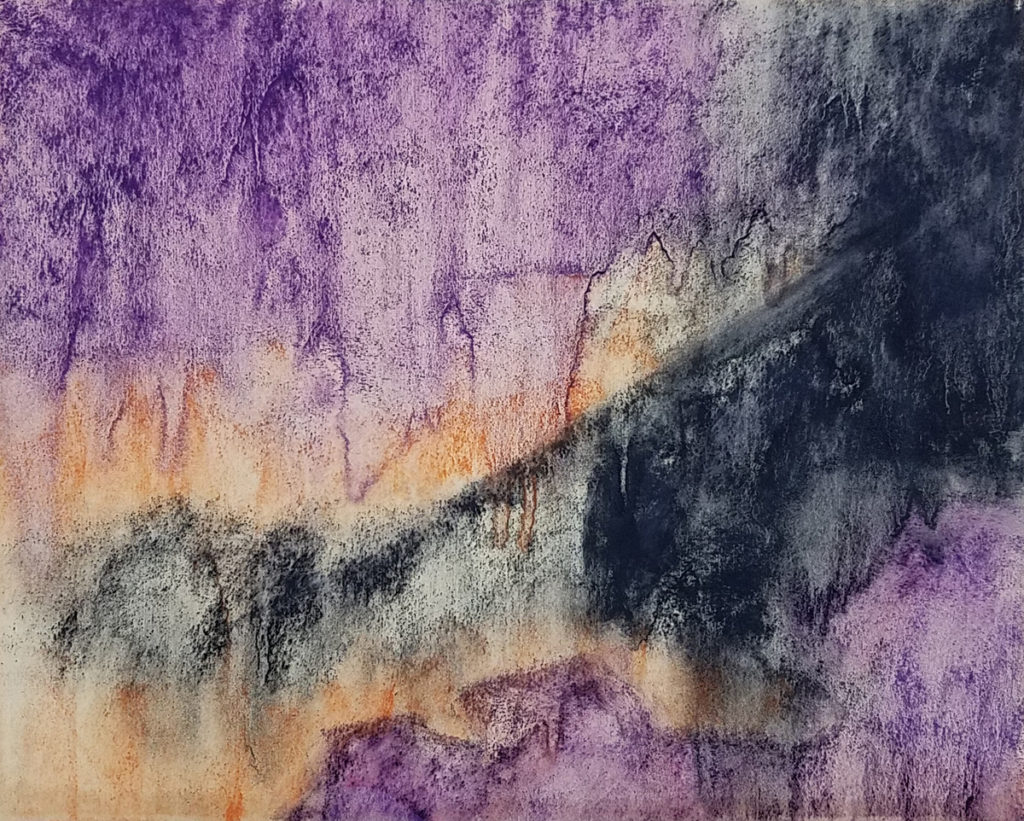
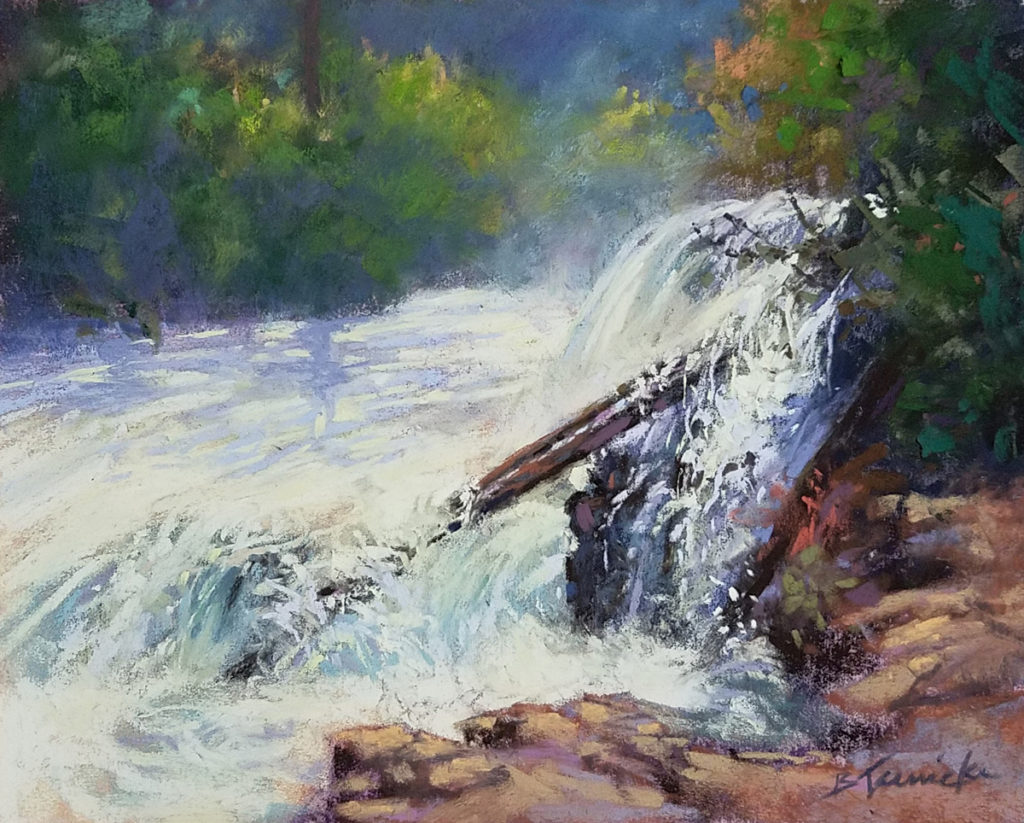
***
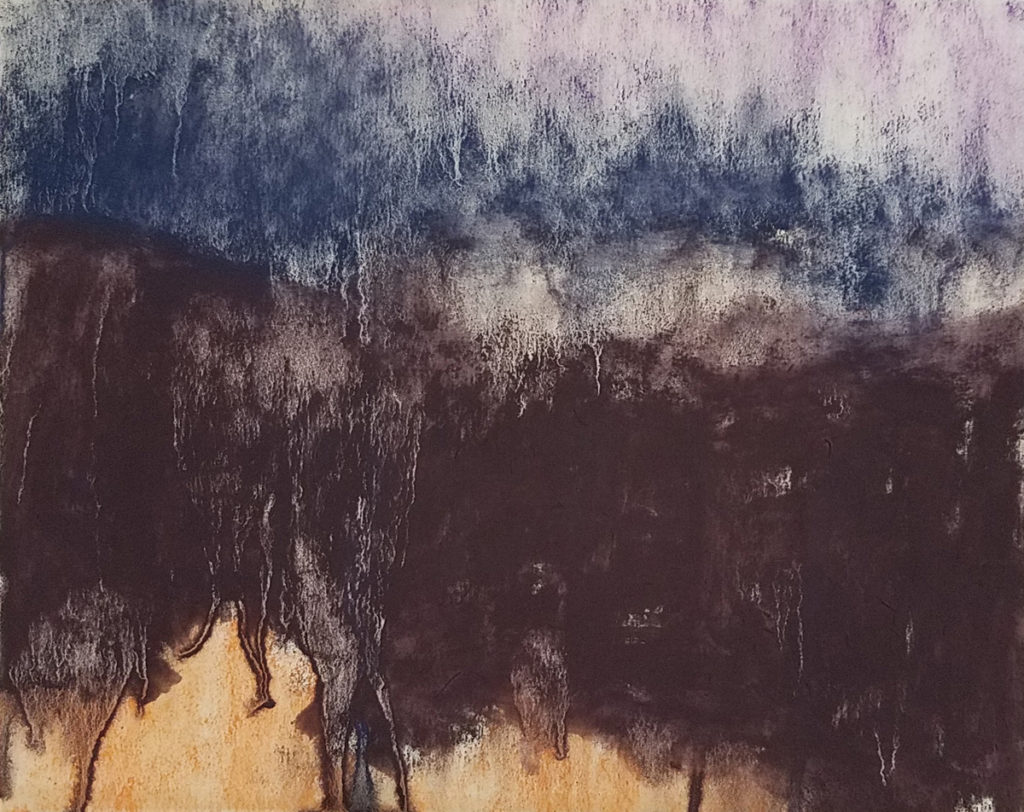
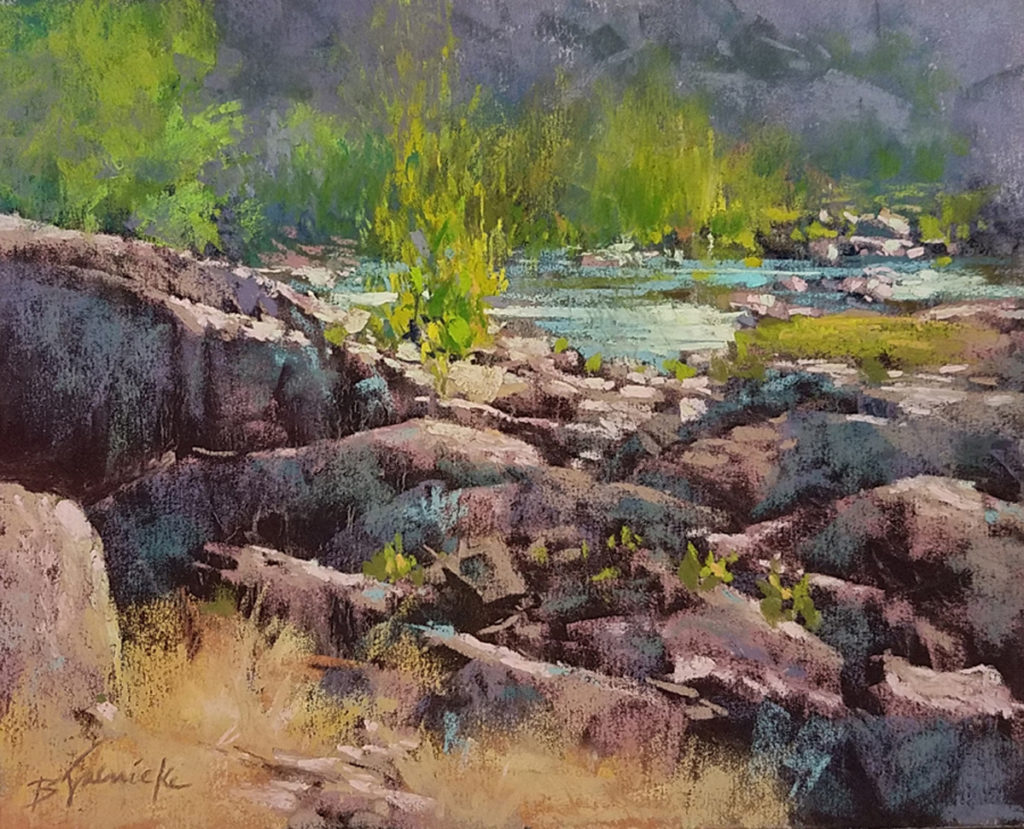
***
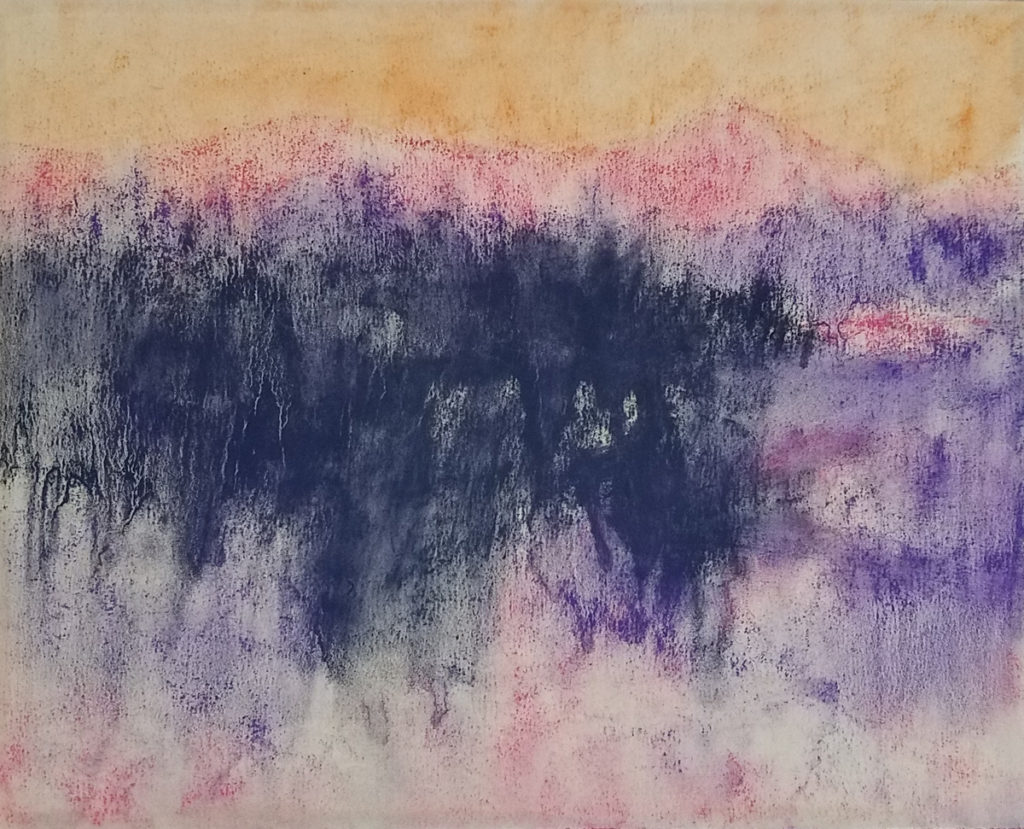
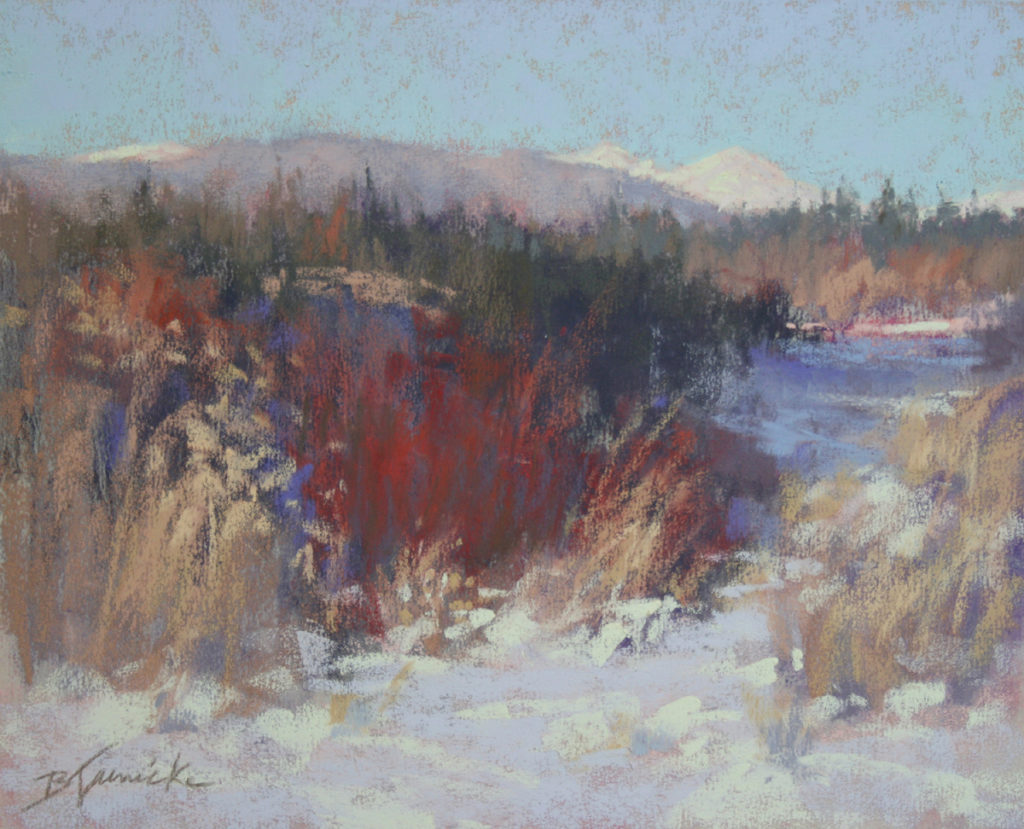
***
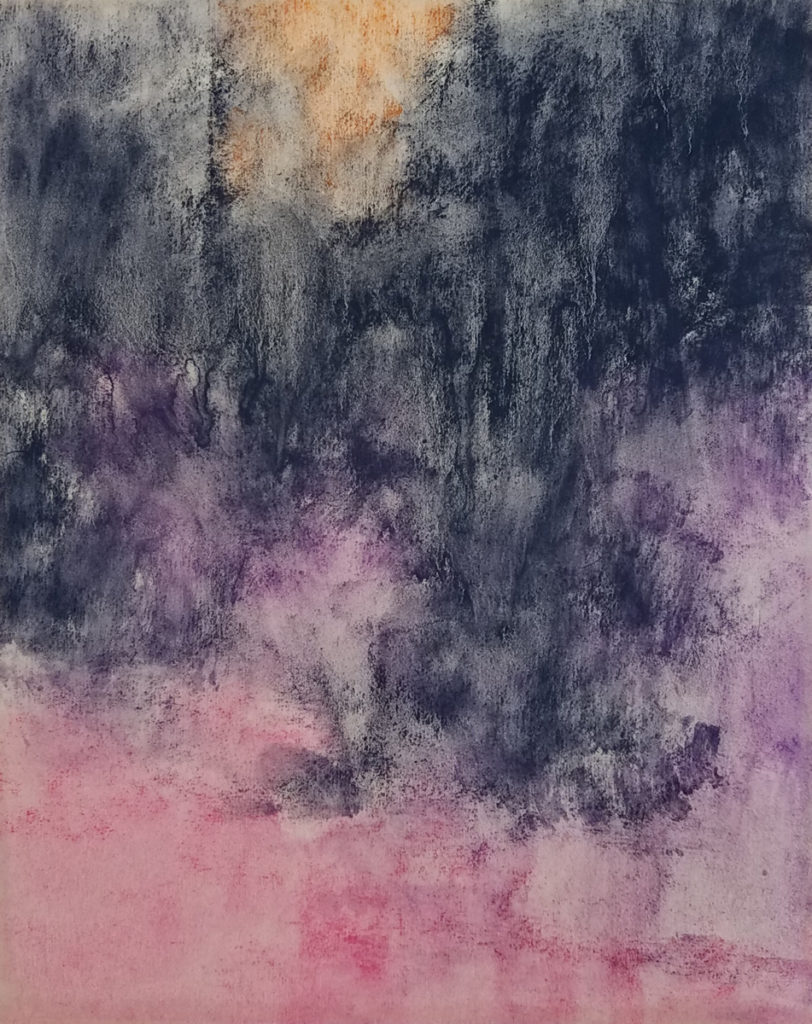
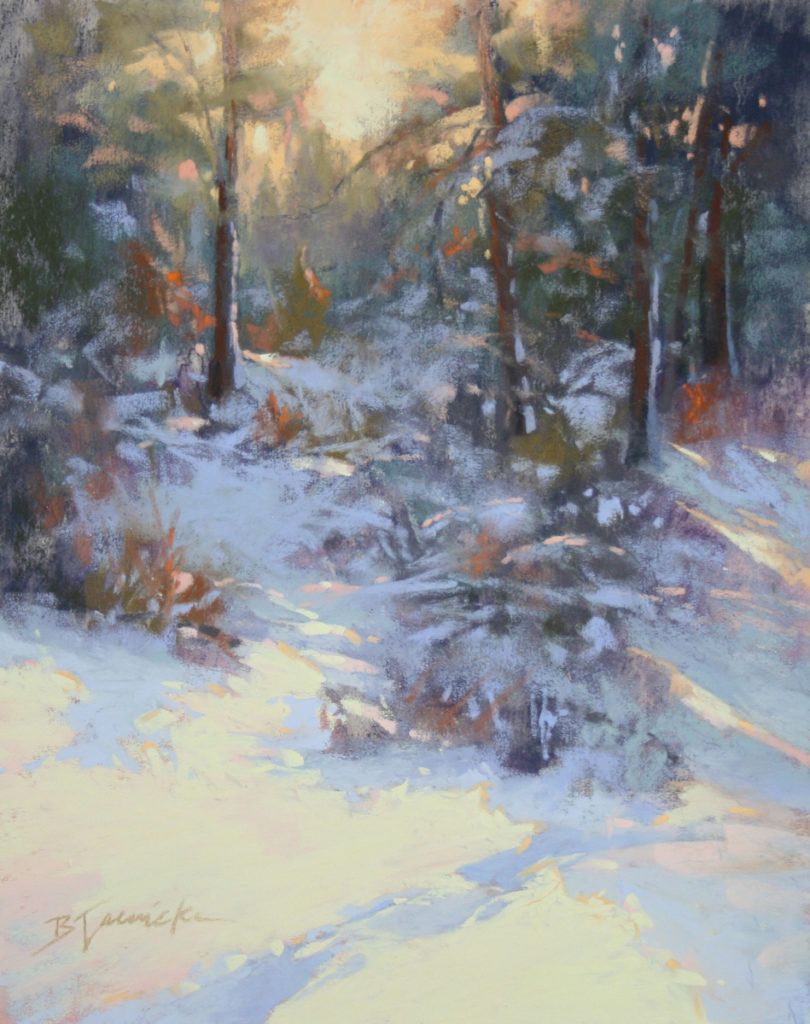
Visit EricRhoads.com to find out all the amazing opportunities for artists through Streamline Publishing, including:
– Online art conferences such as Plein Air Live
– New video workshops for artists
– Incredible art retreats
– Educational and fun art conventions, and much more.
> Subscribe to Plein Air Today, a free newsletter for artists
> Subscribe to PleinAir Magazine so you never miss an issue

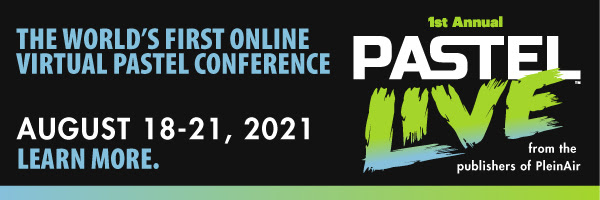




Awesome process Barbara. I see now what makes your work so strong.
Best, Krystal
Very informative! Looking forward to learning more about your process at Pastel Live!